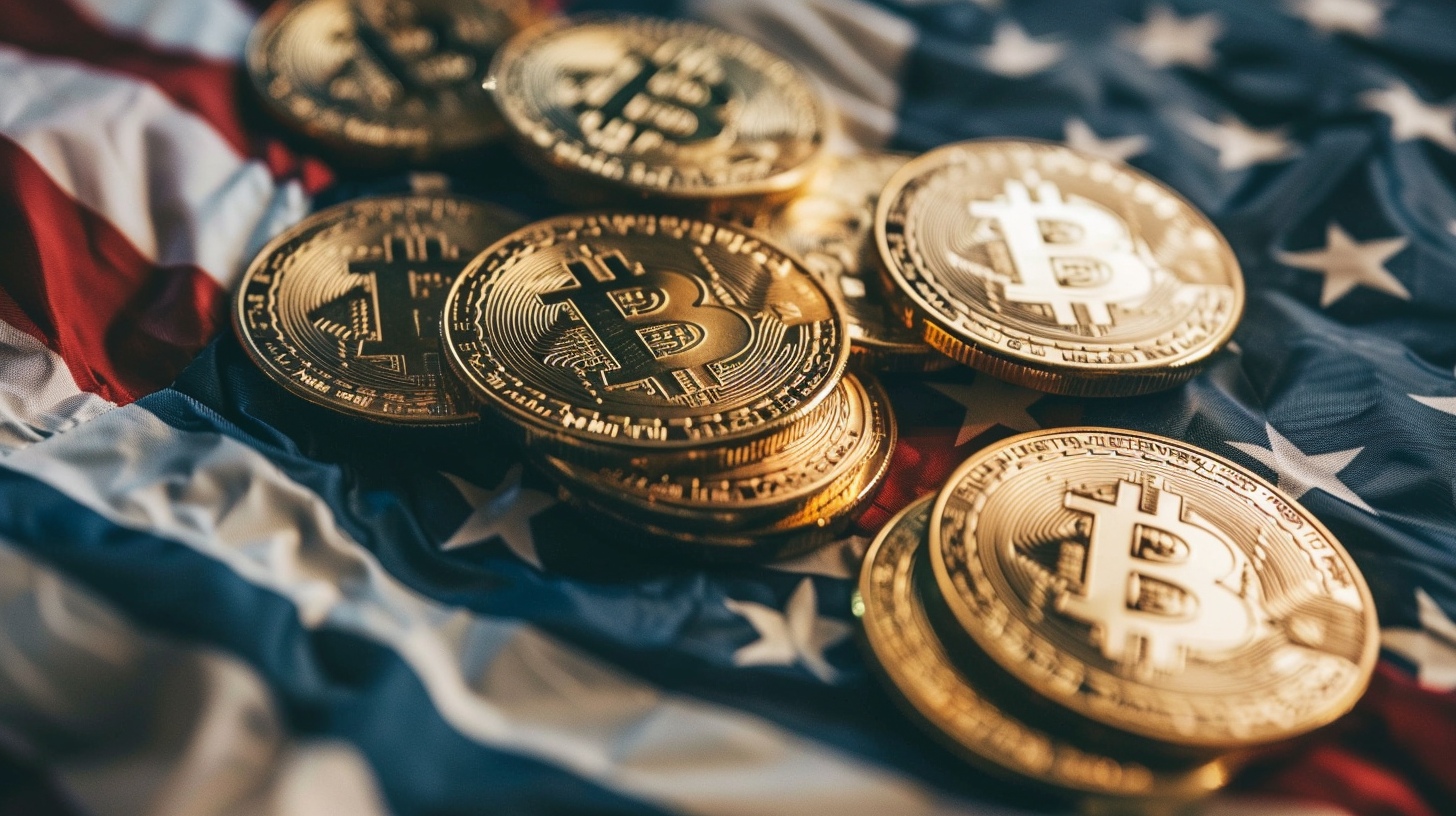| Key Points: – Trump announces plan to make the US the global crypto leader – Trump Organization rebrands crypto platform to “World Liberty Financial” – Crypto initiative intertwines with Trump’s political campaign and fundraising |
In a bold move that blurs the lines between politics, business, and digital finance, former President Donald Trump has announced plans to position the United States as the global leader in cryptocurrency. This declaration comes as the Trump Organization rebrands its crypto platform, signaling a significant shift in the Republican presidential nominee’s stance on digital currencies.
Trump took to X (formerly Twitter) to share his vision with his 90 million followers. In a video message, he declared, “This afternoon, I’m laying out my plan to ensure that the United States will be the crypto capital of the planet.” This announcement marks a dramatic turnaround from his previous skepticism towards cryptocurrencies during his presidency.
The Trump Organization has rebranded its crypto platform from “The DeFiant Ones” to “World Liberty Financial.” This move appears to be a family affair, with Trump’s sons, Donald Jr. and Eric, actively promoting the initiative. Eric Trump announced the launch on X, hinting at “a new era in finance.”
While details about World Liberty Financial remain scarce, Donald Trump Jr. has suggested that the platform aims to rival traditional banking systems, emphasizing decentralized finance as a solution to perceived inequalities in access to financial services.
The timing of this crypto push, coinciding with Trump’s presidential campaign, raises questions about the interplay between his political ambitions and business interests. The campaign has reported raising $25 million in crypto-related donations, though this figure hasn’t been independently verified.
Trump’s embrace of crypto appears to be part of a broader strategy to court the crypto voting bloc and donors. By positioning himself as the pro-crypto candidate, Trump is tapping into a growing demographic of digital currency enthusiasts and investors.
The crypto platform launch follows Trump’s release of a new round of NFT trading cards, further cementing his foray into digital assets. Eric Trump has also hinted at the possibility of digital real estate offerings, potentially involving tokenized real-world assets or digital properties in the metaverse.
For investors, Trump’s crypto push could signal increased mainstream acceptance and potential regulatory changes favorable to the crypto industry. However, it also raises questions about the potential risks and rewards of politically aligned crypto ventures.
As the 2024 presidential race heats up, the intersection of politics and cryptocurrency is likely to become an increasingly important topic. Investors and voters alike will need to navigate this complex landscape carefully, considering both the potential opportunities and the inherent risks of this rapidly evolving sector.

